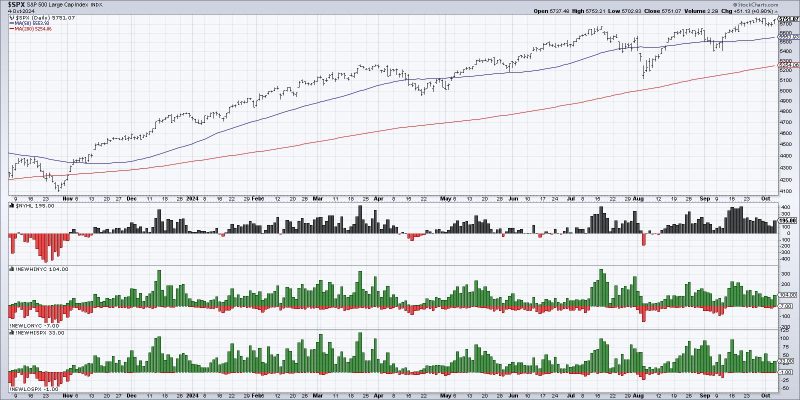In recent market analysis, the concept of market breadth has emerged as a crucial indicator of the overall health and direction of the financial markets. Market breadth refers to the number of individual stocks or securities participating in a market movement, and it can provide valuable insights into the underlying strength or weakness within the market.
Traditionally, market breadth is measured using indicators such as the advance-decline line, the ratio of advancing to declining stocks, and the number of new highs and lows. A market with strong breadth is characterized by a broad participation of stocks across different sectors and industries, indicating a more sustainable and robust market rally. On the other hand, weak market breadth, where only a few stocks are driving the overall market gains, can signal underlying fragility and potential market correction.
One key question that arises in discussions about market breadth is whether bad breadth in the market could have negative implications for investors. When market breadth is poor, and only a limited number of stocks are driving market gains, it can create a false sense of optimism and potentially lead to a market bubble that is not supported by broad-based participation. This scenario increases the vulnerability of the market to sudden corrections, as the over-reliance on a few stocks or sectors exposes investors to increased risk.
Moreover, poor market breadth can also indicate sector rotation or narrowing market leadership, where investors flock to a small group of popular stocks while ignoring the broader market. This concentration of investment in a narrow set of stocks can distort market valuations and create market inefficiencies, potentially leading to market instability and increased volatility.
Investors and traders closely monitor market breadth indicators to gauge market sentiment and make informed decisions about their investment strategies. By analyzing market breadth metrics, investors can identify underlying trends in market participation and adjust their portfolios accordingly to manage risk and capitalize on potential opportunities.
In conclusion, understanding market breadth is essential for investors to navigate the complexities of the financial markets successfully. By monitoring market breadth indicators and recognizing the implications of bad market breadth, investors can make more informed decisions and protect their portfolios from the risks associated with poor market dynamics. Ultimately, a comprehensive analysis of market breadth can help investors stay ahead of market trends and position themselves for long-term success in the dynamic world of finance.
